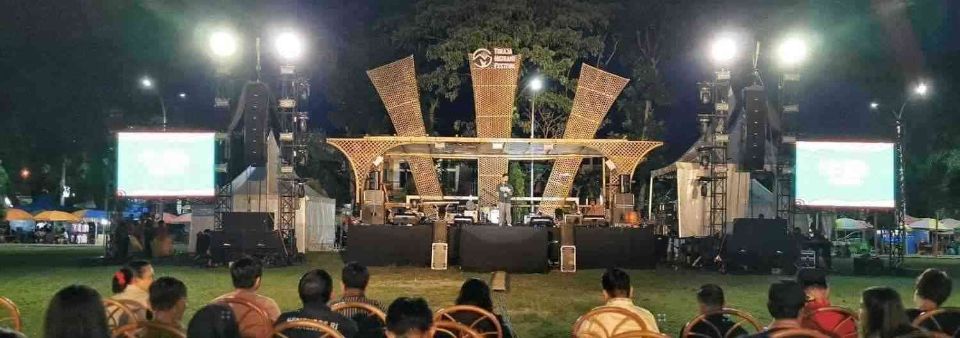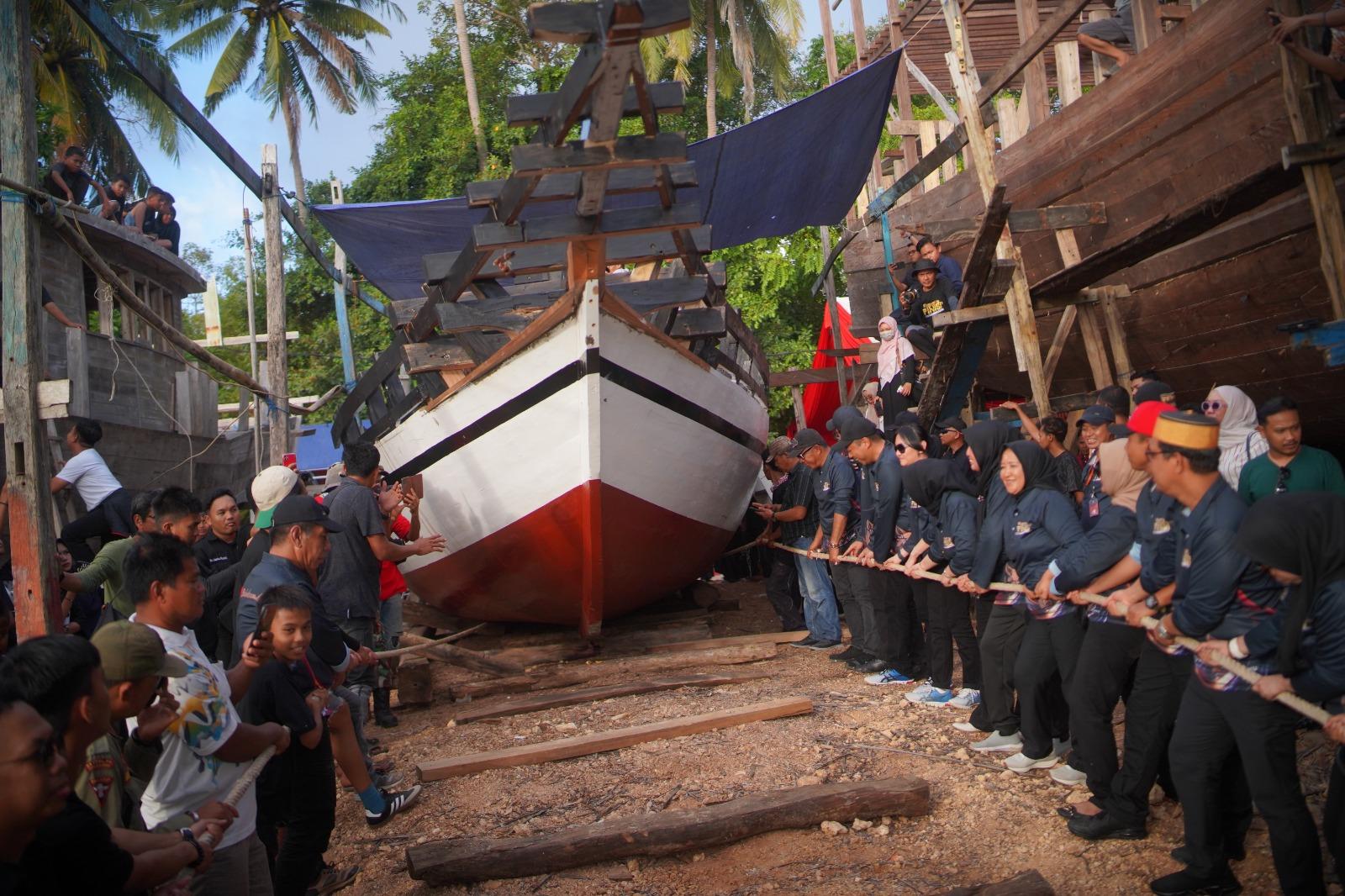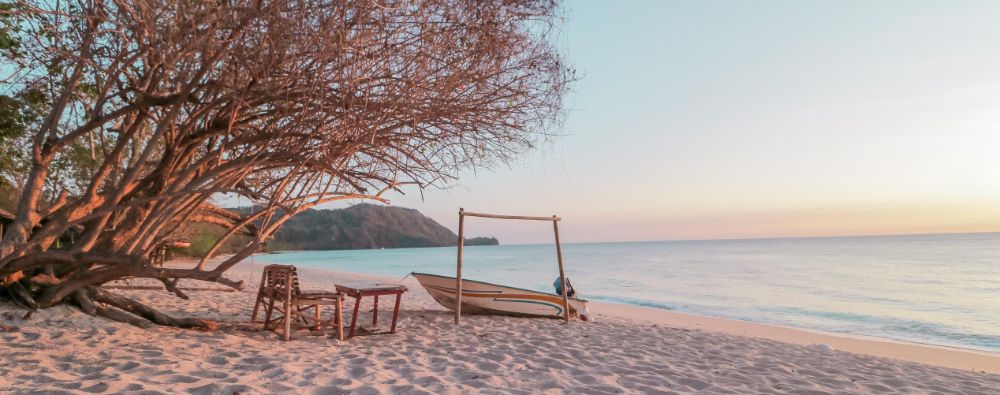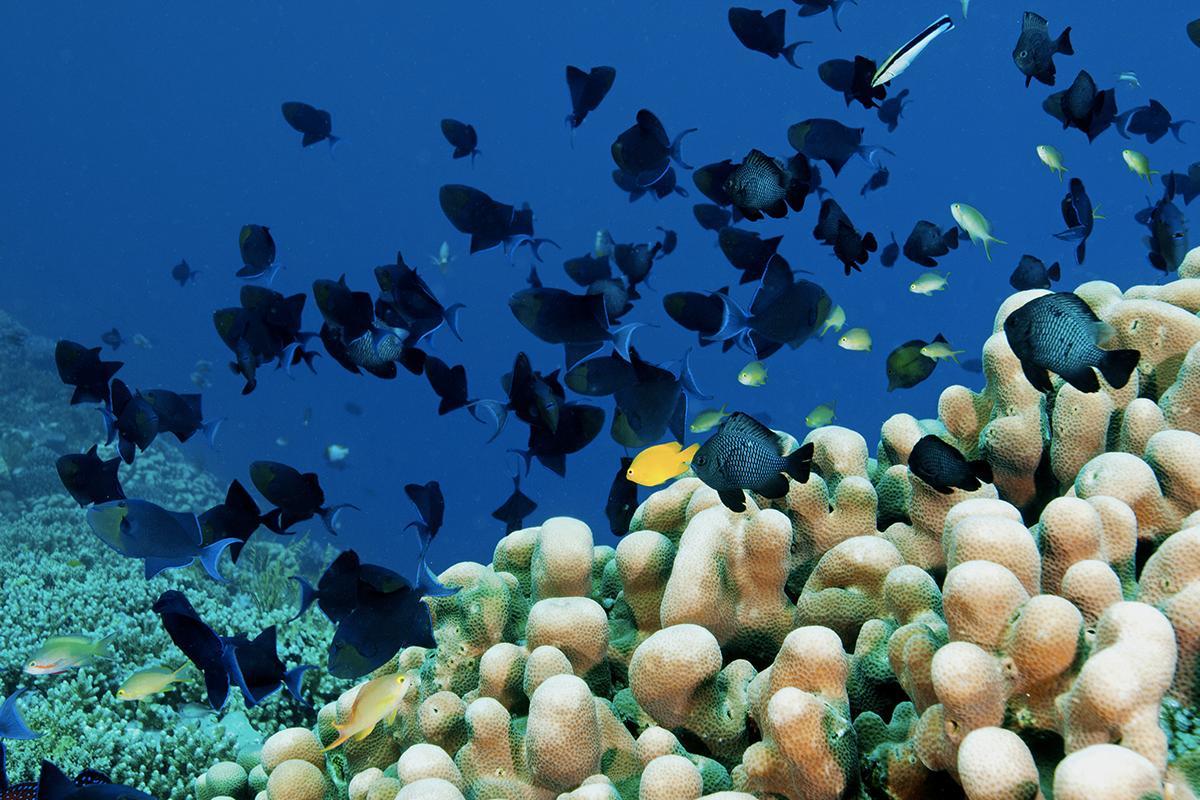Toraja woven fabric, originating from the Toraja people in South Sulawesi, is known for its distinctive ikat lurik and ikat samping techniques that create unique patterns. The fabric has a thicker and coarser texture, with dominant natural colors. Its uniqueness lies in its complex manufacturing process, which takes several days and involves many hands.
Motifs
The motifs of Toraja woven fabric are strongly symbolic and reflect the traditional beliefs of the Toraja people. Common patterns include geometric shapes, traditional Toraja houses, deities, and animal motifs that represent the spiritual world of the Toraja people. These motifs are often linked to religious rituals and cultural festivals, reflecting the Toraja people's relationship with the universe and their ancestors.
Usage
Toraja woven fabric is used in various traditional ceremonies, particularly during funerals, which are significant events in Toraja culture. The fabric is also worn in cultural festivals, weddings, and receptions for important guests. It is worn as shawls, sarongs, and ceremonial attire, symbolizing social status and honor.
Material
Toraja woven fabric is made from cotton fibers and dyed using natural dyes, such as plant leaves, tree bark, and plant roots. Another unique feature is the use of gold or silver threads in some types of fabric, adding a luxurious and sacred touch.
Unique Facts
Toraja woven fabric has an extremely intricate weaving technique, with each motif carrying philosophical and social meaning. Not only is it used as clothing, but it also serves as a symbol of life after death and a mark of respect for ancestors. The long weaving process, involving many family members, makes this fabric highly valuable.












